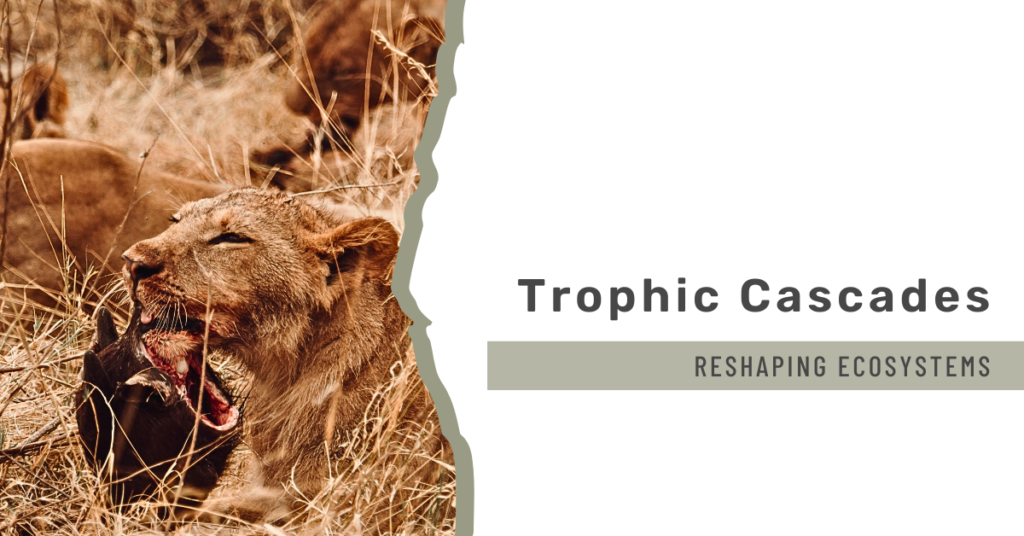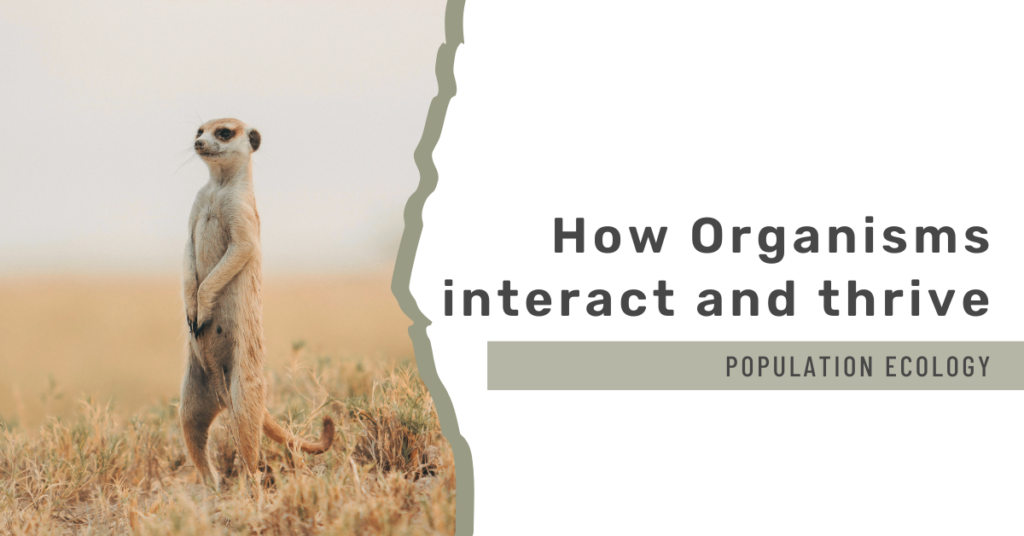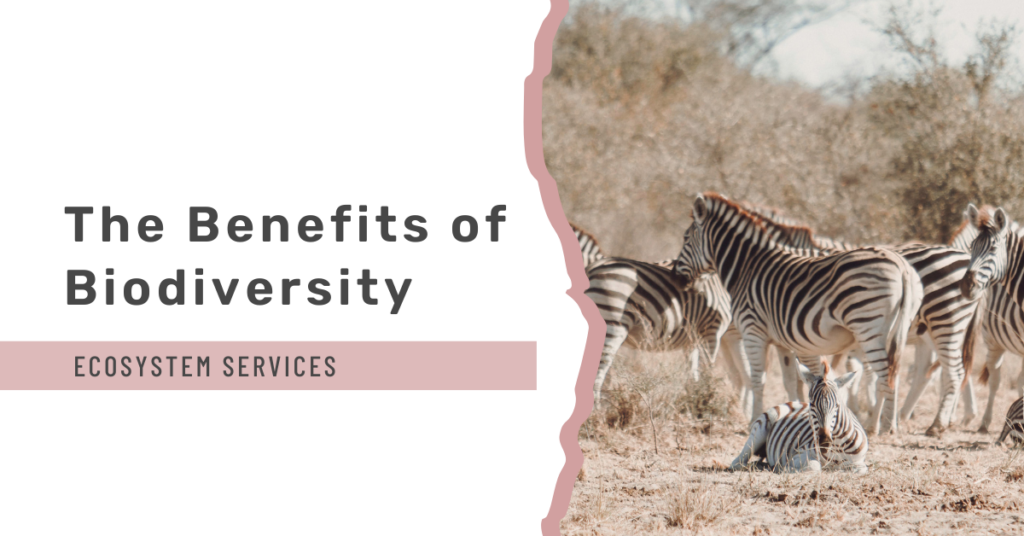The Benefits of Wildfires for Ecosystems: Why Fire is Essential for Nature’s Health
Wildfires are often perceived as destructive forces, causing devastation to landscapes, wildlife, and human communities. This view, while not without merit, overlooks the vital role fire plays in maintaining the health of many ecosystems. Wildfires, when part of a natural cycle, can have significant benefits for the environment. Fostering new growth, improving habitat diversity, and […]
The Benefits of Wildfires for Ecosystems: Why Fire is Essential for Nature’s Health Read More »










